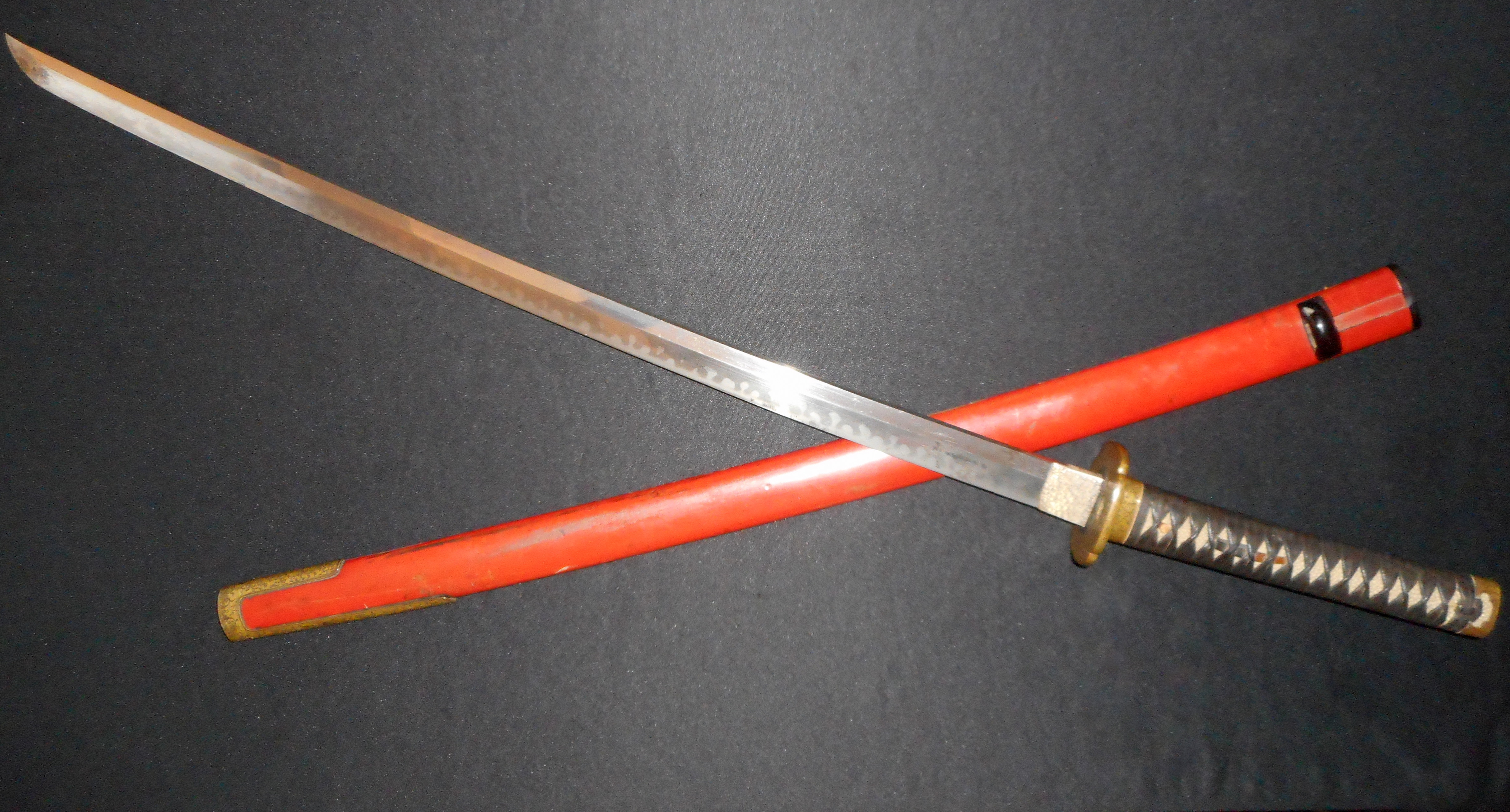Sword Secrets – Crafting Authentic Japanese Blades with Precision
In the heartland of Japan, where the art of swordsmithing has been elevated to a sacred craft, the secrets of forging authentic Japanese blades are passed down through generations with utmost precision and reverence. This ancient art, known as katanakaji, transcends mere craftsmanship; it is a spiritual journey that blends metallurgy, tradition, and the essence of the samurai spirit. The process begins with the selection of high-quality steel, often sourced from Tamahagane, a special type of iron sand. The master swordsmith, or tosho, then meticulously folds and layers the steel, creating a complex matrix that not only enhances the blade’s strength but also infuses it with a distinctive grain pattern known as hada. This artistry is not merely an aesthetic choice; it serves as a fingerprint, a unique identifier for each blade, a testament to the individuality and craftsmanship embedded in its very core. The secret to crafting an authentic Japanese blade lies in the delicate dance of heat and hammer.
The swordsmith skillfully employs a traditional charcoal forge, carefully controlling the temperature to bring the steel to a malleable state. With rhythmic precision, the tosho wields the hammer, imparting his skill and energy into the blade with each strike. The process is a harmonious blend of intuition and technique, as the tosho navigates the transformation of raw steel into a masterpiece that embodies the soul of the samurai. The repeated folding and forging not only refine the blade’s composition but also eliminate impurities, creating a blade of unparalleled purity and resilience. The crafting of the blade is only one facet of the intricate process. Equally important is the creation of the hamon, the distinct line that delineates the hardened edge from the softer spine. Achieving the perfect hamon is a delicate art, involving a precise balance of heat treatment and quenching. The japanese sword carefully coats the blade with a special clay mixture before subjecting it to the intense heat of the forge.
The speed and timing of the quenching process create a myriad of hamon patterns, each unique to the tosho’s technique. This subtle line is not only a visual marvel but also a testament to the blade’s cutting prowess and durability. The final stage in the creation of an authentic Japanese blade is the meticulous polishing, carried out by skilled artisans known as togishi. This labor-intensive process is a marriage of patience and expertise, revealing the true beauty of the blade. The togishi carefully removes any imperfections, exposing the mesmerizing hada and highlighting the intricacies of the hamon. The end result is not just a weapon; it is a masterpiece that transcends time and culture, a testament to the enduring legacy of Japanese swordsmithing. In the hands of its wielder, an authentic Japanese blade becomes more than a tool; it is a conduit to the past, a symbol of honor, and a manifestation of the artistry that defines a nation’s martial spirit.
